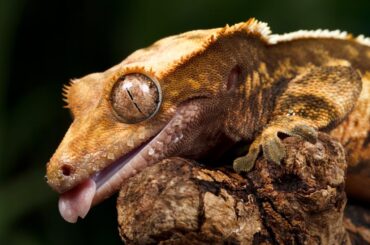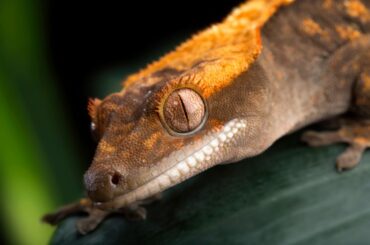Have you ever wondered how leopard geckos manage to grow back their tails? Do leopard geckos’ tails grow back? In this article, we will delve into the fascinating process of tail regeneration in leopard geckos.
Leopard geckos’ capacity to regrow lost tails exemplifies the robustness and versatility of nature. We can learn a lot about these animals’ incredible survival abilities from studying them then putting that knowledge to use in ways that benefit us all.
Reasons for Tail Loss in Leopard Geckos
This natural defense mechanism, known as autotomy, allows leopard geckos to detach their tails, distracting their predators while they escape.
Let’s explore the incredible reasons behind this tail loss in leopard geckos!
Predator Evasion
When a leopard gecko feels threatened by a predator, it can intentionally shed its tail to distract and confuse the predator. The wriggling tail attracts the predator’s attention while the gecko quickly escapes and gets to safety.
Natural Response to Stress
Leopard geckos might shed their tails when they encounter stressful situations, even without immediate danger. This can happen during handling, sudden loud noises, or any event that causes them to feel uneasy.
Energy Reserves
Sometimes, a leopard gecko may lose its tail to conserve energy. Shedding the tail allows the gecko to redirect its energy toward more critical functions, like finding food and staying healthy.
Tail Autonomy
The leopard gecko’s tail is designed to be easily detachable due to a specific fracture plane. This specialized feature enables the gecko to shed its tail without causing harm to the rest of its body.
Remember, if you ever encounter a leopard gecko with a regrown tail, admire its unique adaptation and give it a stress-free environment to ensure its continued well-being. These amazing creatures never fail to leave us in awe of nature’s wonders!
What Happens to a Leopard Gecko Without a Tail?
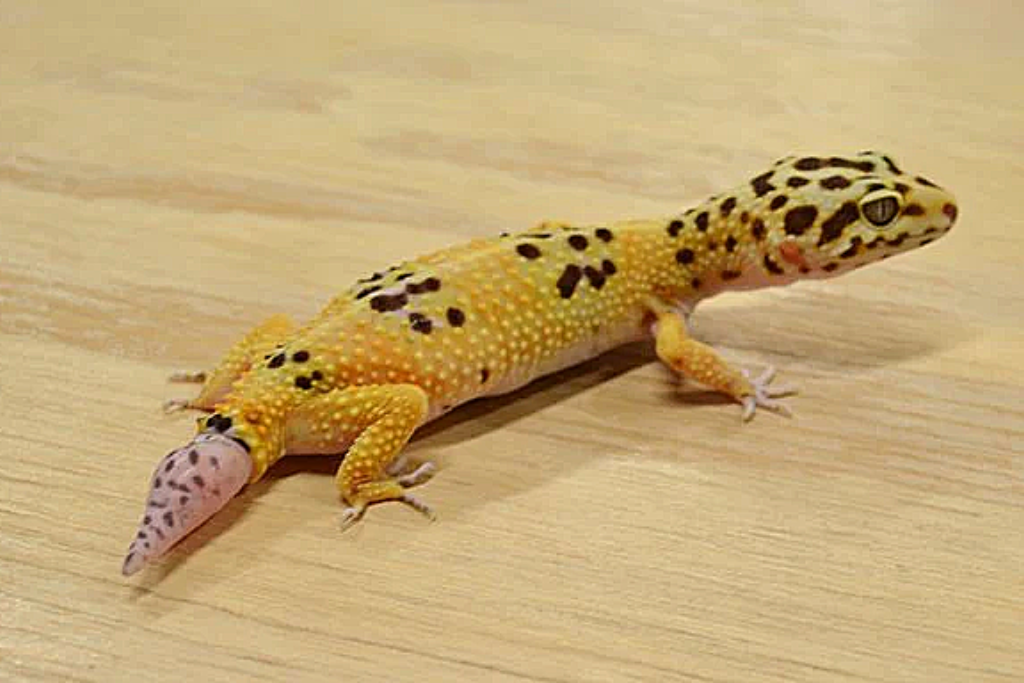
When a leopard gecko loses its tail, it undergoes a natural tail autotomy. The detached tail continues to move for a short period as a distraction mechanism, allowing the gecko to escape potential predators. Without a tail, the gecko experiences some changes in its appearance and behavior.
The wound where the tail was lost will begin to heal, with a scab forming and new skin gradually covering the area. Over time, the gecko’s tail will regenerate from a small tail stub. The regenerated tail may differ slightly in appearance from the original.
While the gecko may lose the tail’s functions, such as fat storage and balance assistance, it can still lead a healthy and active life without significant negative consequences.
Do Leopard Gecko Tails Grow Back?
Yes, leopard gecko tails do grow back. When a leopard gecko feels threatened or attacked, it can drop its tail as a distraction. This ability is known as autotomy. The detached tail even continues to wiggle for a while, keeping the predator’s attention, as the gecko makes a quick escape.
Leopard geckos have a special group of cells called blastema, enabling them to regrow their tails. Over time, these cells multiply and develop into new tissues. In a few weeks, the gecko has a fully formed, albeit slightly different-looking new tail.
Differentiating Between Tail Loss and Regeneration
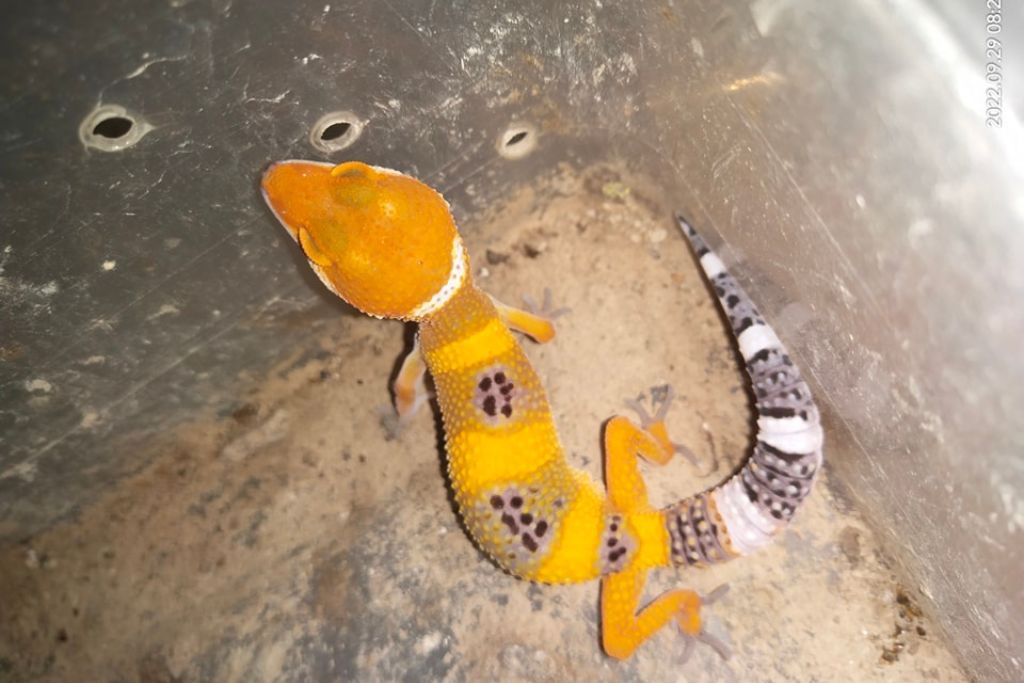
When a reptile loses its tail, it could be from an accident, stress, or predation. Permanent tail loss can leave an animal with a shorter tail.
If a reptile loses its tail due to stress or predators, it can grow back. Regeneration can take a long time for certain reptiles, perhaps even years.
The new cartilage structure is skinned and scaled, and the length of a regrown tail varies.
Regeneration Process of a Leopard Gecko’s Tail
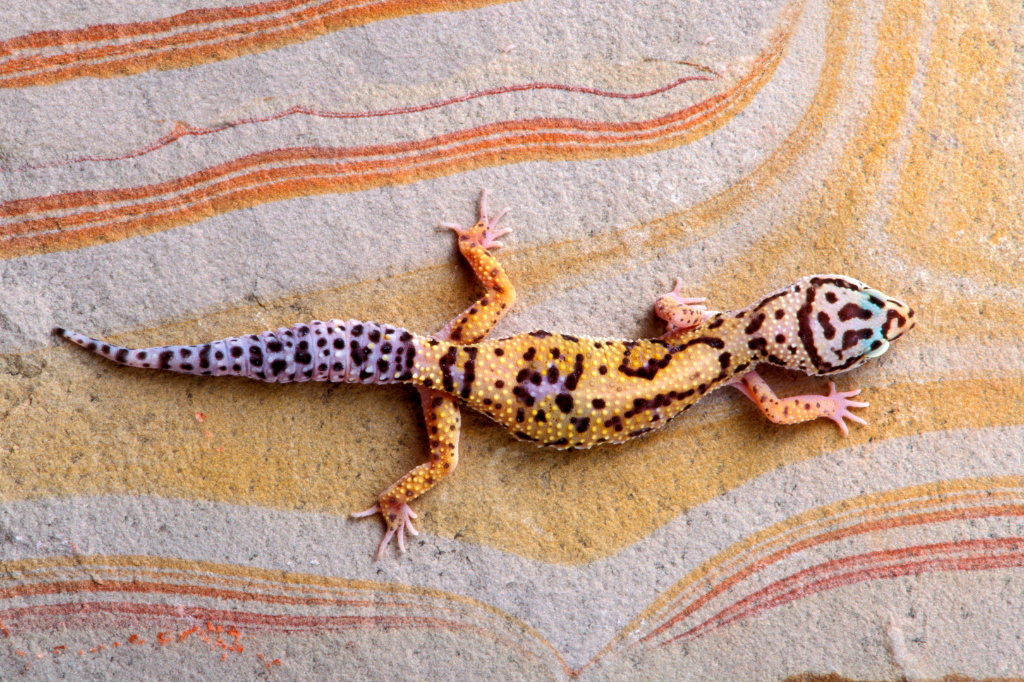
Understanding leopard geckos’ tail regeneration illuminates tissue regeneration and regenerative medicine.
Autotomy
When a leopard gecko feels threatened or stressed, it can voluntarily shed its tail through autotomy. This defense mechanism allows the gecko to distract predators and escape.
Wound Healing
After the tail is shed, the gecko’s body begins healing. A scab forms at the site of tail loss, protecting the exposed tissue and preventing infection.
Blastema Formation
The blastema is a specialized cluster of cells that forms at the site of tail detachment. These cells are responsible for the regeneration of the tail. They start to proliferate and differentiate into various types of cells required to build the new tail.
Tail Regrowth
Over time, the blastema cells continue to divide and develop into the different components of the tail, including the vertebrae, muscles, blood vessels, and nerves. The regrowth starts from a small structure called a tail stub, which acts as the foundation for the new tail.
Tissue Remodeling
As the tail regenerates, the new tissues gradually mature and organize themselves. The regenerated tail may exhibit some differences in size, shape, and coloration compared to the original tail.
How Long Does It Take for a Leopard Gecko’s Tail to Grow Back?
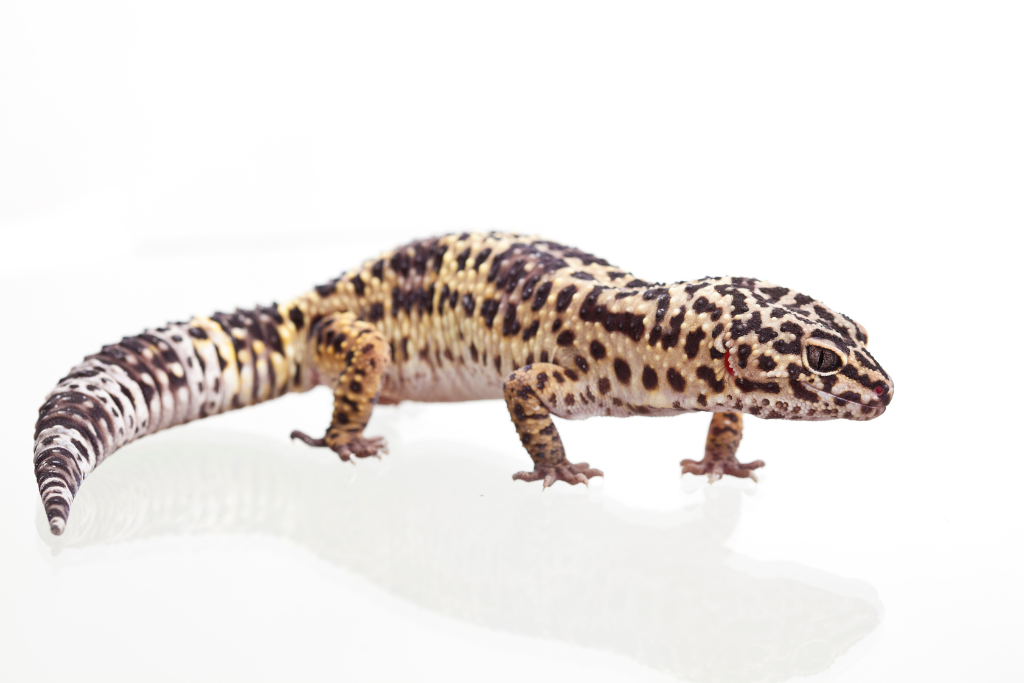
A leopard gecko’s tail might take a few weeks to many months to fully recover. It’s crucial to remember that the process of regeneration might be sluggish and can differ from gecko to gecko.
The tail begins to sprout throughout the regeneration process from a little tail stub, and over time, it gradually lengthens and grows. To promote the gecko’s regeneration ability and guarantee optimal recovery, giving it the right foods and surroundings is crucial.
Do’s and Don’ts when Handling Your Gecko’s Tail
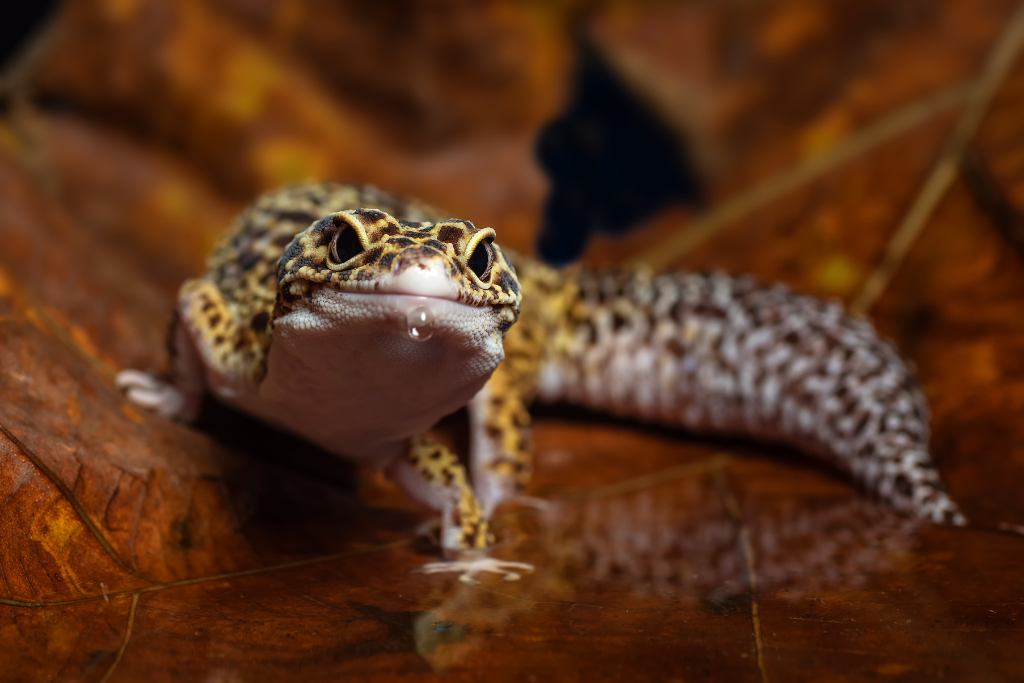
Following a few easy rules can ensure a stress-free bonding session and protect your gecko’s unique defensive mechanism. To keep your gecko healthy and happy, let’s discuss tail management!
Do’s:
- Be Gentle and Patient: Use slow, calm movements when handling your gecko to reduce stress and make it feel comfortable.
- Support the Body: Always support your gecko’s body with both hands while handling it to avoid pulling or tugging on the tail.
- Observe Signs of Comfort: Watch for relaxed body language in your gecko, indicating it’s at ease with handling. If it appears distressed, put it back in its enclosure.
- Keep Sessions Short: Limit handling sessions to a few minutes at first, gradually increasing the duration as your gecko gets used to it.
- Wash Your Hands: Before handling, wash your hands to remove any scents that might startle or stress your gecko.
Don’ts:
- Avoid Tail Pulling: Never pull or grab your gecko’s tail, as it can detach easily and lead to tail loss.
- Skip Handling During Stressful Times: Avoid handling during shedding or if your gecko seems stressed. Wait until it’s more relaxed.
- No Sudden Movements: Move slowly and calmly when interacting with your gecko to prevent startling it.
- Don’t Handle Too Frequently: Overhandling can stress your gecko and increase the risk of tail loss. Allow it enough rest in its enclosure.
- Never Force Handling: If your gecko appears consistently distressed during handling, respect its boundaries and limit handling to avoid undue stress.
Conclusion
Leopard geckos are remarkable regenerators. These reptiles can regrow lost tails, showing their versatility and resilience. From blastema production to tissue restoration, leopard gecko tail growing back shows their complicated body mechanics. The gecko’s regrown tail isn’t a perfect match, but it helps it operate again.
FAQs
Do Leopard Geckos Regrow Their Tail?
Yes, leopard geckos can indeed regrow their tails. They have an incredible ability known as autotomy, which allows them to lose and regrow their tails in times of danger.
How Long Does It Take for a Leopard Gecko to Regrow Their Tail?
Regrowing a lost tail on a leopard gecko normally takes about two months, or 60 days.
How Many Times Can Leopard Geckos Regrow Their Tails?
There isn’t a limit to how many times a leopard gecko can regrow its tail. As long as the gecko is healthy, it can continue regenerating its tail throughout its lifetime.
Why Do Geckos Regrow Their Tails?
Geckos regrow their tails as a survival strategy. The tail distracts predators, and regrowing it ensures they continue to have this defensive mechanism.
Is It Bad if a Gecko Loses Its Tail?
No. Losing a gecko’s tail is a common evolutionary adaptation for self-defense. However, the gecko has to expend some of its own resources to deal with the stress of losing its tail.
What Happens if a Gecko Loses Its Tail?
When a gecko loses its tail, it’s able to escape from predators more easily. The gecko then regenerates a new tail over time. The new tail might not look exactly like the original.
Is It Painful for a Leopard Gecko to Lose Its Tail?
Geckos’ emotions are notoriously hard to read, but it’s generally accepted that the process of losing a tail is painless because it serves as a natural defense mechanism.
Can a Gecko Live Without Its Tail?
Yes. A gecko’s tail is not essential to its survival. However, a gecko may need more frequent feedings until its tail regrows because the tail acts as a fat reserve.


